Home>Garden Essentials>How To Remove Hitchhiker Seeds From Clothes
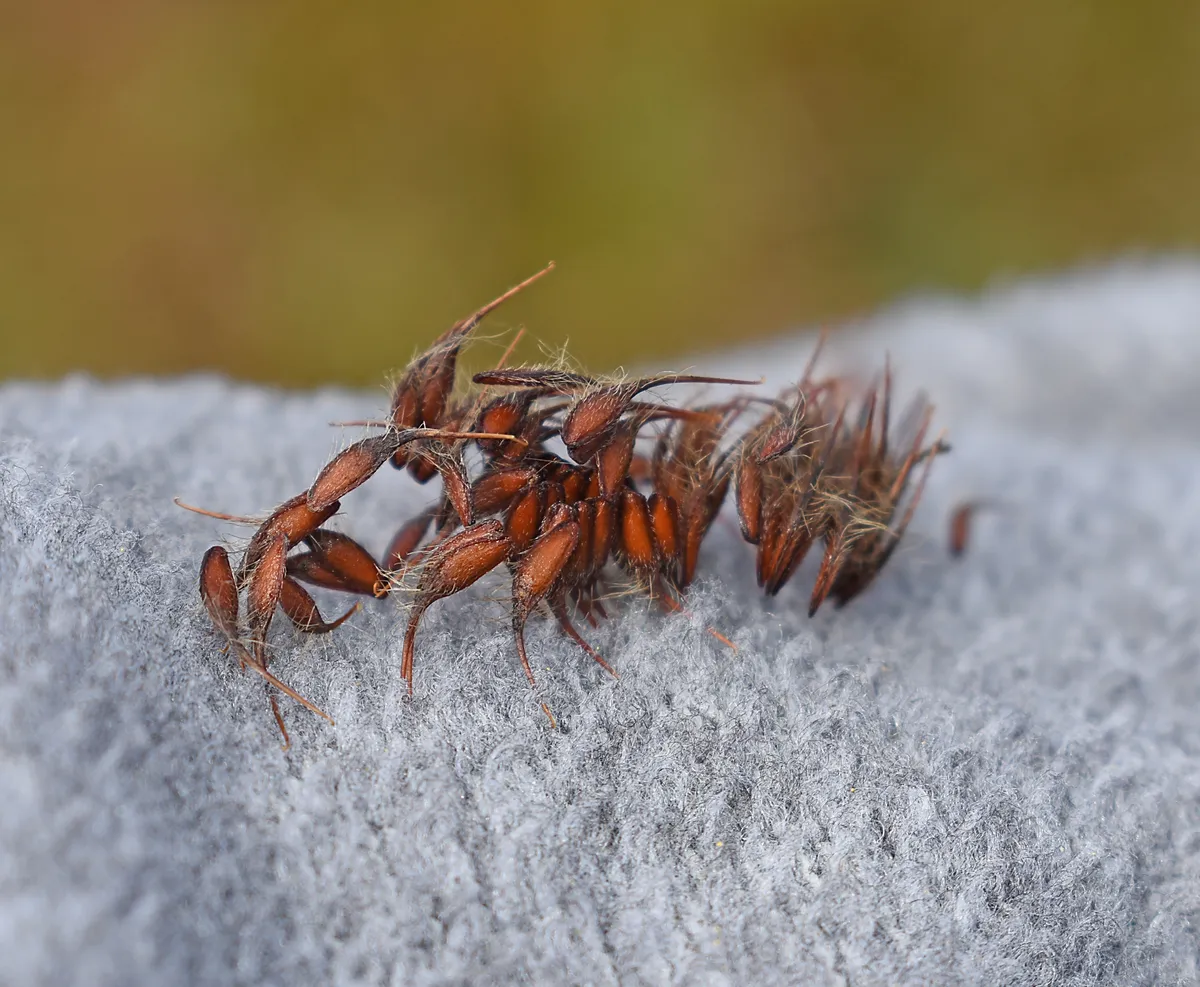

Garden Essentials
How To Remove Hitchhiker Seeds From Clothes
Modified: August 28, 2024
Learn how to effectively remove hitchhiker seeds from your clothes after working in the garden. Follow these simple steps to ensure a clean and seed-free wardrobe.
(Many of the links in this article redirect to a specific reviewed product. Your purchase of these products through affiliate links helps to generate commission for Storables.com, at no extra cost. Learn more)
Introduction
Picture this: You’ve just spent a lovely afternoon in your garden, tending to your beautiful flowers and lush foliage. But as you head inside, you notice several small, stubborn seeds clinging to your clothes. These are what we call hitchhiker seeds, and they have an uncanny ability to tag along with us, hitching a ride on our clothing and making themselves at home in the most inconvenient places.
Hitchhiker seeds, also known as burrs or bristles, are small, prickly seeds that have evolved to stick to surfaces in order to disperse their species. Common hitchhiker seeds include burdock, beggar’s ticks, and cleavers. Once they become attached to our clothes, they can be quite difficult to remove, causing frustration and sometimes even damaging our garments.
But fear not! In this article, we will guide you through the process of removing hitchhiker seeds from your clothes, ensuring that your wardrobe remains seed-free and ready for your next gardening adventure.
Key Takeaways:
- Say goodbye to hitchhiker seeds on your clothes by using tweezers, sticky tape, and a lint roller. Properly prepare, wash, and dry your clothes to keep them seed-free and ready for your next gardening adventure.
- Prevent future seed infestations by wearing protective clothing, checking your clothes before entering your home, and maintaining a clean gardening area. Stay seed-free and enjoy the outdoors without the hassle of hitchhiker seeds.
Read more: How To Remove Grass Stains From Clothes
Understanding Hitchhiker Seeds
Before we dive into the methods of removing hitchhiker seeds from your clothes, it’s important to understand the nature of these seeds. Hitchhiker seeds have evolved specific mechanisms to ensure their survival and propagation.
One common characteristic of hitchhiker seeds is their ability to cling to surfaces using hooks, barbs, or sticky substances. These adaptations allow the seeds to hitch a ride on animals, birds, or even unsuspecting humans like us. The seeds grab onto our clothing or hair, inadvertently traveling with us and potentially spreading to new areas.
Hitchhiker seeds can come in various forms, such as burrs, bristles, or small spiky balls. They often have sharp or tiny hooks that make them tenacious in their attachment to fabrics. Once they cling onto clothing, removing them can be quite a challenge, as they can easily become tangled or deeply embedded within the fibers.
It’s also worth noting that hitchhiker seeds tend to thrive in outdoor environments, especially in grassy areas or wild vegetation. If you frequently spend time in these habitats, such as hiking trails or parks, it’s more likely that you will encounter hitchhiker seeds and inadvertently carry them home on your clothes.
Now that we have a better understanding of hitchhiker seeds and their persistent nature, let’s explore the best methods for removing them from your clothes.
Preparing Your Clothes for Seed Removal
Before you begin the process of removing hitchhiker seeds from your clothes, it’s important to prepare your garments properly to ensure successful removal and prevent any further damage.
First, find a clean and well-lit area where you can work comfortably. This will help you see the seeds clearly and avoid accidentally missing any of them.
Next, gather the necessary tools for seed removal. You will need a pair of tweezers, a lint roller, sticky tape, a soft brush, and a clean cloth or paper towel.
Inspect your clothing for any visible hitchhiker seeds. Pay attention to areas where seeds are more likely to cling, such as cuffs, collars, and the seams of your clothing. Use the tweezers to gently remove any visible seeds, being careful not to pull or tear the fabric in the process.
After removing the visible seeds, take a lint roller and roll it over the entire surface of your clothing. This will help to pick up any remaining seeds that may be too small to see.
For stubborn seeds that are deeply embedded in the fabric, use a piece of sticky tape to gently lift them off. Press the sticky side of the tape onto the seed and then peel it off, taking the seed with it. Repeat this process as needed until all seeds have been removed.
Once you have completed the initial seed removal process, use a soft brush to gently brush the fabric to dislodge any remaining seeds. Be gentle to avoid damaging the fabric, but thorough enough to ensure all seeds are removed.
Finally, take a clean cloth or paper towel and slightly dampen it with water. Gently dab the affected areas of your clothing to remove any residue left behind by the seeds. Allow your clothes to air dry completely before moving on to the next step.
By properly preparing your clothes for seed removal, you ensure that the process is effective and minimally damaging to your garments. Now, let’s move on to the various methods of removing hitchhiker seeds.
Removing Hitchhiker Seeds Manually
When it comes to removing hitchhiker seeds from your clothes, the manual method is often the most effective. While it requires a bit of patience and attention to detail, it offers precise control over the removal process.
Start by placing your garment on a flat surface and carefully inspecting it for any visible hitchhiker seeds. Use a pair of tweezers to gently pull out any seeds that are stuck to the fabric. Take extra care not to tug or tear the fabric while doing so.
If the seeds are deeply embedded or stubbornly cling to the fabric, you can use the edge of a credit card or a blunt knife to gently scrape them off. Be cautious and gentle to avoid damaging the fabric.
For larger seeds or clusters of seeds, you can try using a toothbrush to dislodge them. Gently brush the affected area, moving the bristles in a circular motion. This will help loosen the seeds and make them easier to remove.
As you manually remove the seeds, place them into a small container or onto a piece of sticky tape to prevent them from reattaching to your clothing during the process. This way, you can ensure that the seeds are completely removed from your clothes.
Continue this process until you have inspected and removed seeds from the entire garment. Take your time and be thorough, as even a single overlooked seed can lead to future infestations.
After removing the hitchhiker seeds manually, inspect your clothing again to ensure that all seeds have been successfully removed. Use a lint roller or sticky tape to pick up any leftover seeds or small particles that may still be clinging to the fabric.
Remember, manual seed removal may take some time and effort, but it provides the most accurate and precise way of eliminating hitchhiker seeds from your clothes. Once you’re confident that all the seeds have been removed, it’s time to move on to the next step: washing and drying your clothes.
Using Sticky Tape to Remove Seeds
When dealing with stubborn hitchhiker seeds that are deeply embedded in your clothing, using sticky tape can be a highly effective method for their removal. Sticky tape provides a simple and convenient way to lift the seeds off the fabric without causing damage or pulling at the fibers.
To start, cut a piece of sticky tape that is long enough to cover the area where the seeds are located. Press the sticky side of the tape firmly onto the fabric, ensuring that it makes contact with the seeds.
Gently lift the tape off the fabric, peeling it away slowly. The sticky surface of the tape will attract and lift the seeds along with it, leaving your clothing seed-free. Repeat this process as needed, using a new piece of tape for each area or batch of seeds.
If the seeds are particularly stubborn, you can try using a slightly stronger adhesive tape. However, be cautious not to use a tape that is too strong, as it may cause damage to the fabric.
If there are smaller or harder-to-reach areas where the seeds are located, you can wrap sticky tape around your finger and press it onto those areas. The tape will pick up the seeds, allowing you to remove them effectively.
Sticky tape is also useful for removing any seeds that may have transferred from your clothing to other surfaces, such as furniture or upholstery. Simply blot the area with the sticky tape to lift off the seeds.
After using sticky tape to remove the seeds, it’s a good idea to follow up with a lint roller or soft brush to pick up any remaining particles or residue. This will ensure that your clothing is thoroughly cleaned and free from hitchhiker seeds.
Using sticky tape is a convenient and efficient method for removing hitchhiker seeds from your clothes. It requires minimal effort and reduces the risk of damaging the fabric. With the seeds successfully removed, it’s time to move on to the next step: washing and drying your clothes.
To remove hitchhiker seeds from clothes, use a lint roller or packing tape to pick them off. Then, wash the clothes in hot water to remove any remaining seeds.
Read more: How To Remove Seeds From Strawberries
Washing and Drying Your Clothes
After manually removing hitchhiker seeds or using sticky tape to lift them off your clothes, it’s important to properly wash and dry your garments to ensure that any remaining seeds or particles are completely eliminated.
Start by checking the care label on your clothing for any specific washing instructions. Follow the recommended temperature, cycle, and laundry detergent to avoid damaging the fabric.
Turn your clothes inside out before placing them in the washing machine. This will help to protect the outer surface of the fabric and prevent seeds from getting reattached during the wash.
Wash your clothes on a gentle or delicate cycle to minimize the risk of further damage. Consider using a laundry bag or pillowcase to contain your clothes and prevent any loose seeds from spreading to other items in the machine.
Adding a small amount of vinegar to the wash cycle can have a beneficial effect. Vinegar acts as a natural fabric softener and can help loosen any remaining seeds or debris.
After the wash cycle is complete, remove your clothes from the machine and inspect them carefully. Check for any remaining seeds or particles that may have survived the washing process.
If you still spot seeds on your clothes, repeat the process of manual removal or use sticky tape to remove them. It’s crucial to be thorough with this step to ensure that all hitchhiker seeds are completely eliminated.
Once you’re confident that your clothes are free from seeds, you can proceed to dry them. Air drying is generally the safest option as it minimizes the risk of shrinkage or damage. Hang your clothes on a drying rack or clothesline, ensuring that they are spread out evenly.
If you prefer to use a dryer, choose a low heat setting to prevent any potential damage. Consider adding a couple of dryer balls or clean tennis balls to enhance air circulation and help prevent clothes from clumping together.
After drying, inspect your clothes once more to ensure that no seeds have reattached during the process. If you notice any remaining seeds, use the manual removal or sticky tape method to remove them.
By properly washing and drying your clothes, you eliminate any traces of hitchhiker seeds and ensure that your garments are fresh and ready to wear.
Alternative Methods for Seed Removal
In addition to manual removal and using sticky tape, there are a few alternative methods you can try to remove hitchhiker seeds from your clothes. These methods can be particularly useful when dealing with larger areas or multiple garments that are affected by seed infestations.
1. Freezing: Place your clothes in a sealed plastic bag and put them in the freezer for a few hours. The extreme cold temperature will cause the seeds to become brittle, making them easier to brush off or remove manually. After freezing, take your clothes out and gently brush away the seeds.
2. Lint brush or pet hair remover: These devices are designed to pick up lint, hair, and other small particles from clothing. Run the lint brush or pet hair remover over the affected areas of your clothes to lift off any hitchhiker seeds that may be clinging to the fabric.
3. Use a fabric comb or pumice stone: Gently rub a fabric comb or pumice stone over the affected areas of your clothes to dislodge the seeds. Be careful not to apply too much pressure to avoid damaging delicate fabrics.
4. Vacuum cleaner or tape roller: If you have a handheld vacuum cleaner with a brush attachment, you can use it to remove hitchhiker seeds from your clothes. Alternatively, a tape roller can be used to lightly roll over the fabric and pick up any loose seeds.
5. Professional dry cleaning: If you have delicate or expensive clothing that is heavily infested with hitchhiker seeds, it may be best to take them to a professional dry cleaner. They have the expertise and specialized equipment to safely remove the seeds and clean your clothes.
Remember, when using alternative methods for seed removal, always take precautions to test them on a small, inconspicuous area of your clothing first to ensure that they do not cause any damage.
By exploring these alternative methods, you can find the one that works best for your specific situation and clothing materials.
Preventing Future Seed Infestations
Now that you have successfully removed hitchhiker seeds from your clothes, it’s essential to take preventive measures to avoid future seed infestations. By following these guidelines, you can minimize the chances of seeds attaching themselves to your garments.
1. Wear protective clothing: When spending time in areas with dense vegetation or known seed sources, consider wearing clothing made of tightly woven fabrics. This can create a physical barrier and reduce the likelihood of seeds getting caught in the fabric.
2. Check your clothes before entering your home: Before entering your home after spending time outdoors, take a few moments to inspect your clothing for any hitchhiker seeds. Remove them manually or use sticky tape to lift them off before they have a chance to spread.
3. Shake off clothing outdoors: After visiting areas with seeds, give your clothes a good shake outdoors to dislodge any loose seeds. This can help prevent them from finding their way into your home and attaching to other fabrics.
4. Launder clothes promptly: As soon as possible, launder clothing that may have come into contact with hitchhiker seeds. Prompt washing can help remove any residual seeds before they have a chance to attach themselves more firmly.
5. Use a lint roller regularly: Keep a lint roller handy and use it regularly on your clothes, especially if you often spend time in areas prone to hitchhiker seeds. It’s a quick and effective way to pick up any seeds that may have latched onto your garments.
6. Maintain a clean gardening area: If you have a garden or outdoor space, make sure to regularly remove any plants or weeds that produce hitchhiker seeds. By minimizing their presence in your environment, you reduce the risk of encountering and transporting them.
7. Avoid contact with hitchhiker seed sources: Familiarize yourself with plants or areas known to produce hitchhiker seeds and try to avoid them when possible. Being conscious of these sources can help minimize the likelihood of seeds attaching to your clothes.
By implementing these preventive measures, you can significantly reduce the chances of future seed infestations and keep your clothes hitchhiker seed-free.
Conclusion
Dealing with hitchhiker seeds on your clothes can be a frustrating experience, but with the right knowledge and techniques, you can successfully remove them and prevent future infestations. By understanding the nature of hitchhiker seeds and their attachment mechanisms, you gain insight into how to tackle their removal.
We’ve explored various methods for removing hitchhiker seeds, such as manual removal, using sticky tape, and alternative approaches like freezing or using fabric combs. Each method offers its own advantages and can be effective depending on the situation and the fabric involved.
Additionally, we’ve discussed the importance of properly preparing your clothes for seed removal, washing and drying them thoroughly, and taking preventive measures to avoid future seed infestations. By following these guidelines, you can maintain a seed-free wardrobe and enjoy your time outdoors without worrying about hitchhiker seeds becoming unwanted guests on your clothing.
Remember, patience and attention to detail are key when it comes to removing hitchhiker seeds. Take the time to inspect and remove the seeds manually, use sticky tape to lift off stubborn ones, and take advantage of alternative methods when needed. With consistent care and vigilance, you’ll be able to keep your clothes free from hitchhiker seeds.
So, the next time you head out to your garden or explore the great outdoors, be prepared to tackle any hitchhiker seeds that may attempt to hitch a ride on your clothes. Armed with the knowledge and techniques shared in this article, you’ll be able to maintain a seed-free wardrobe and enjoy your gardening adventures without the hassle of pesky hitchhiker seeds.
Happy gardening, seed-free clothing, and happy exploring!
Frequently Asked Questions about How To Remove Hitchhiker Seeds From Clothes
Was this page helpful?
At Storables.com, we guarantee accurate and reliable information. Our content, validated by Expert Board Contributors, is crafted following stringent Editorial Policies. We're committed to providing you with well-researched, expert-backed insights for all your informational needs.
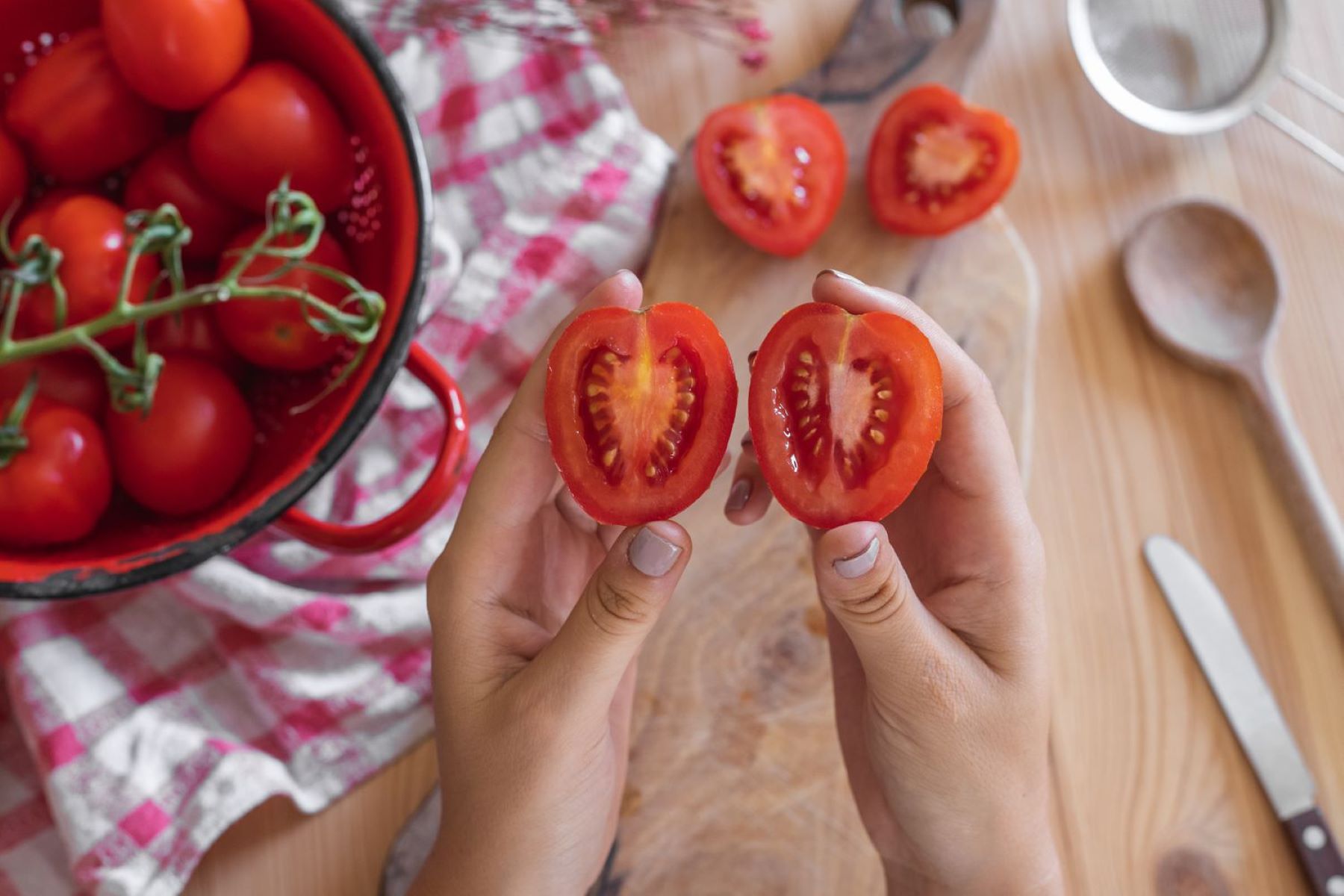
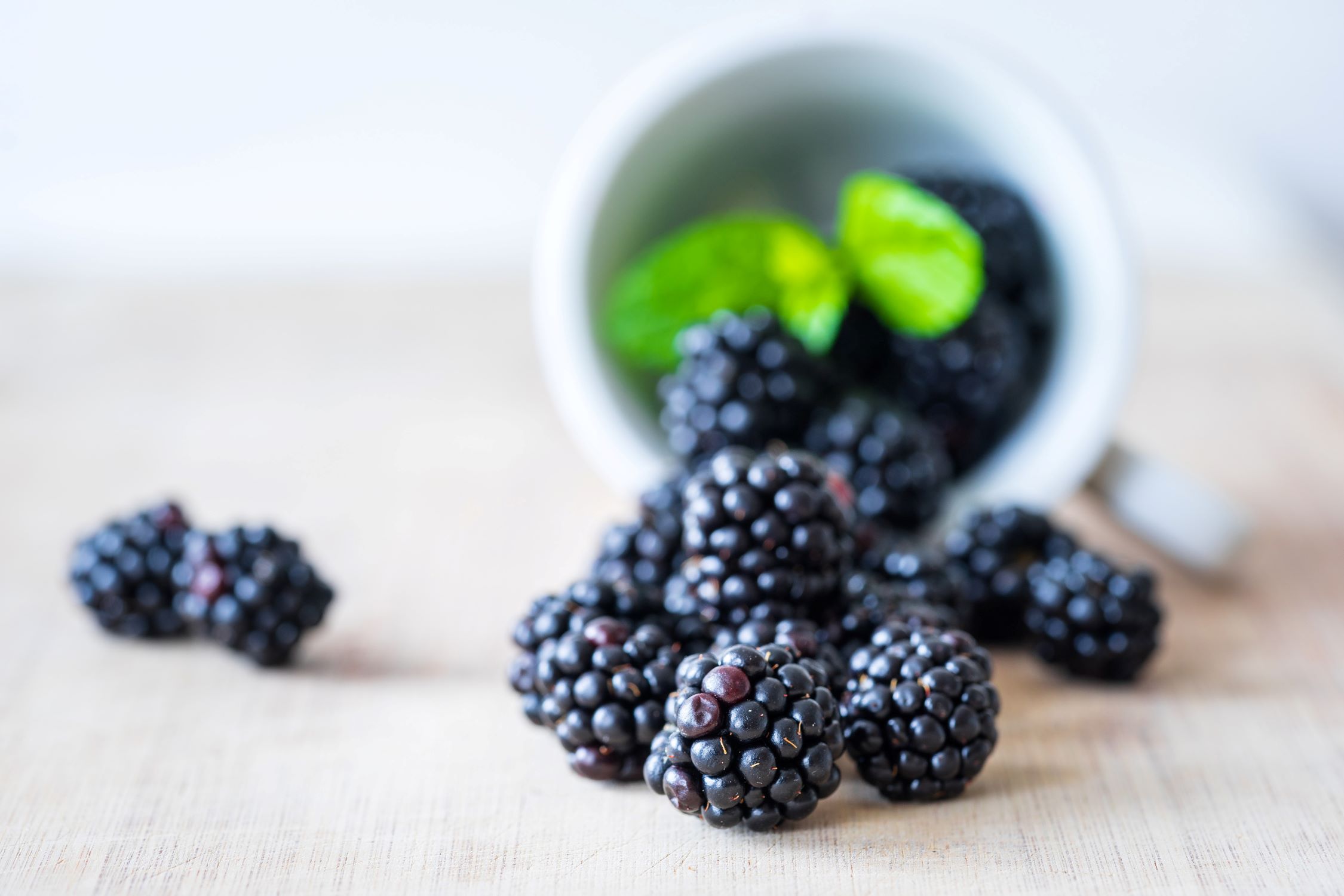
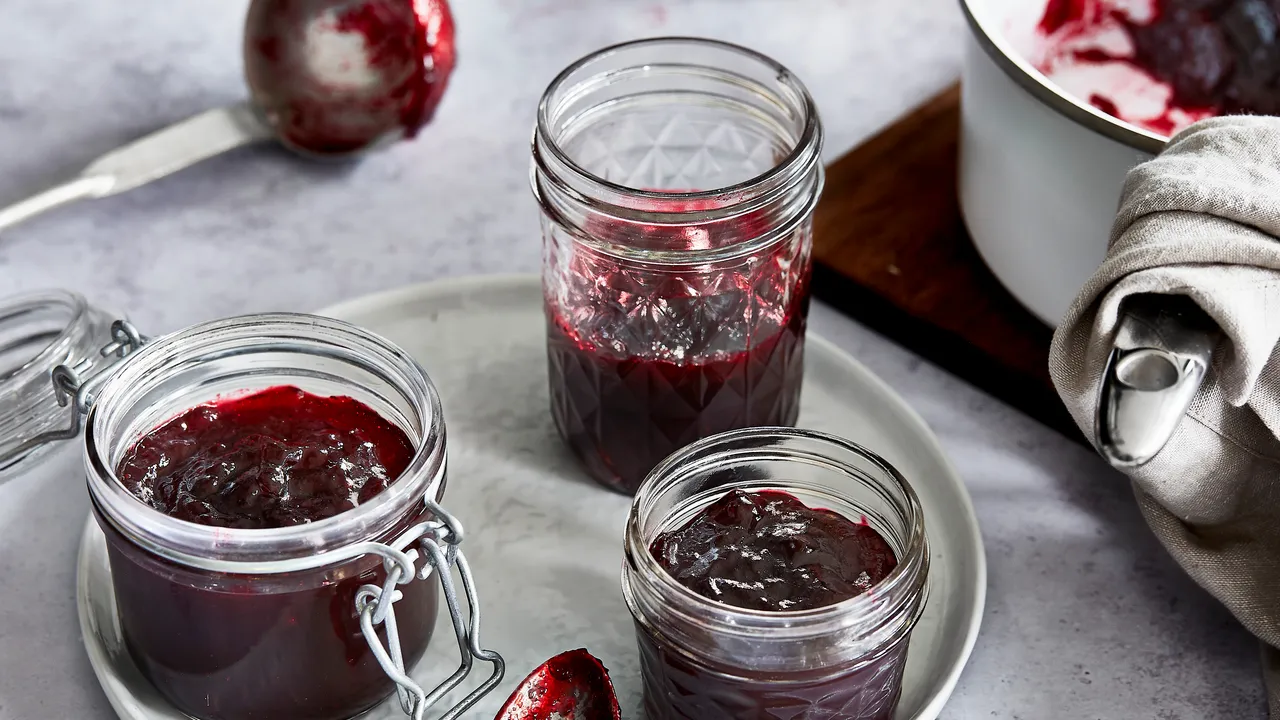
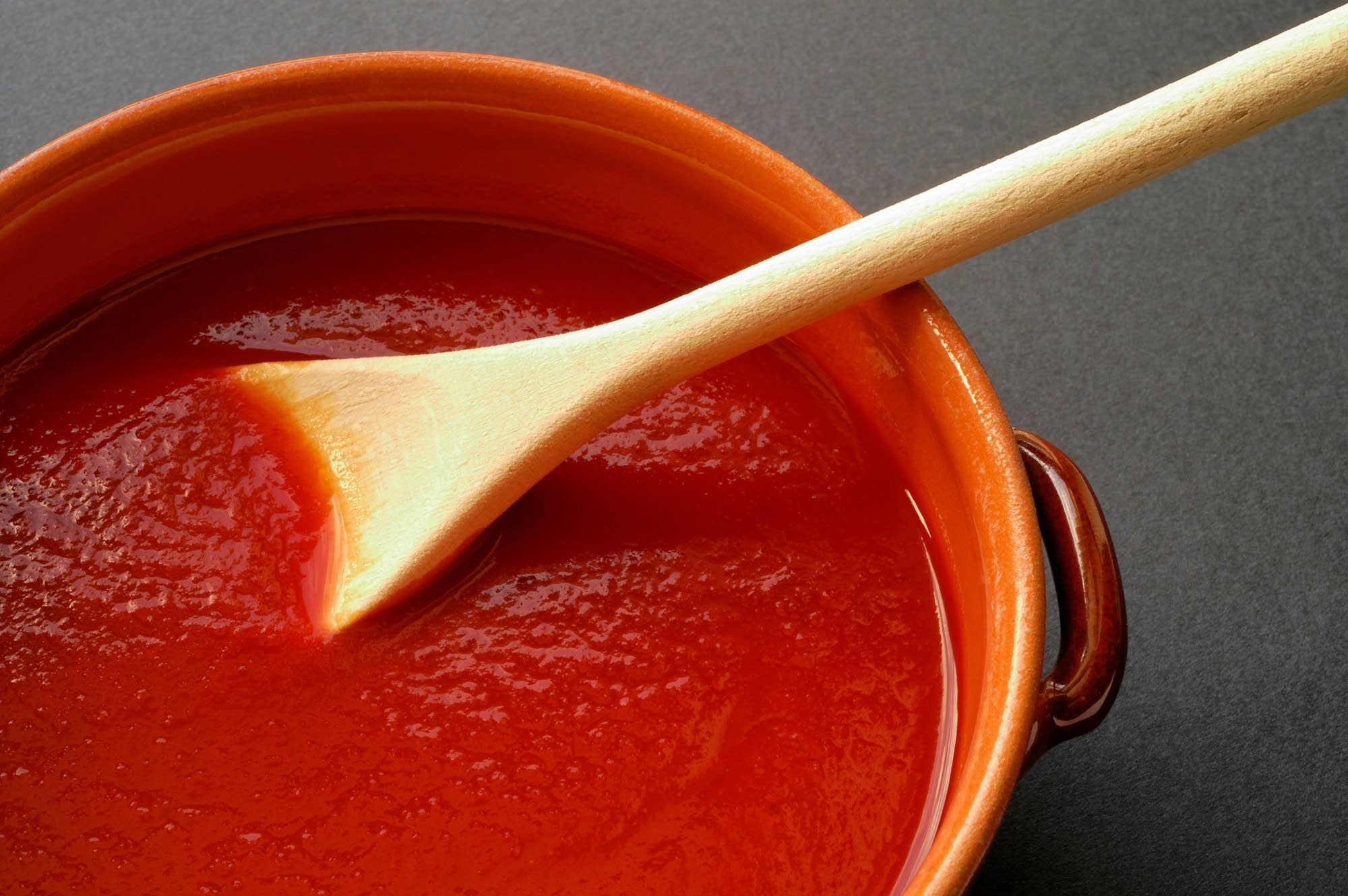
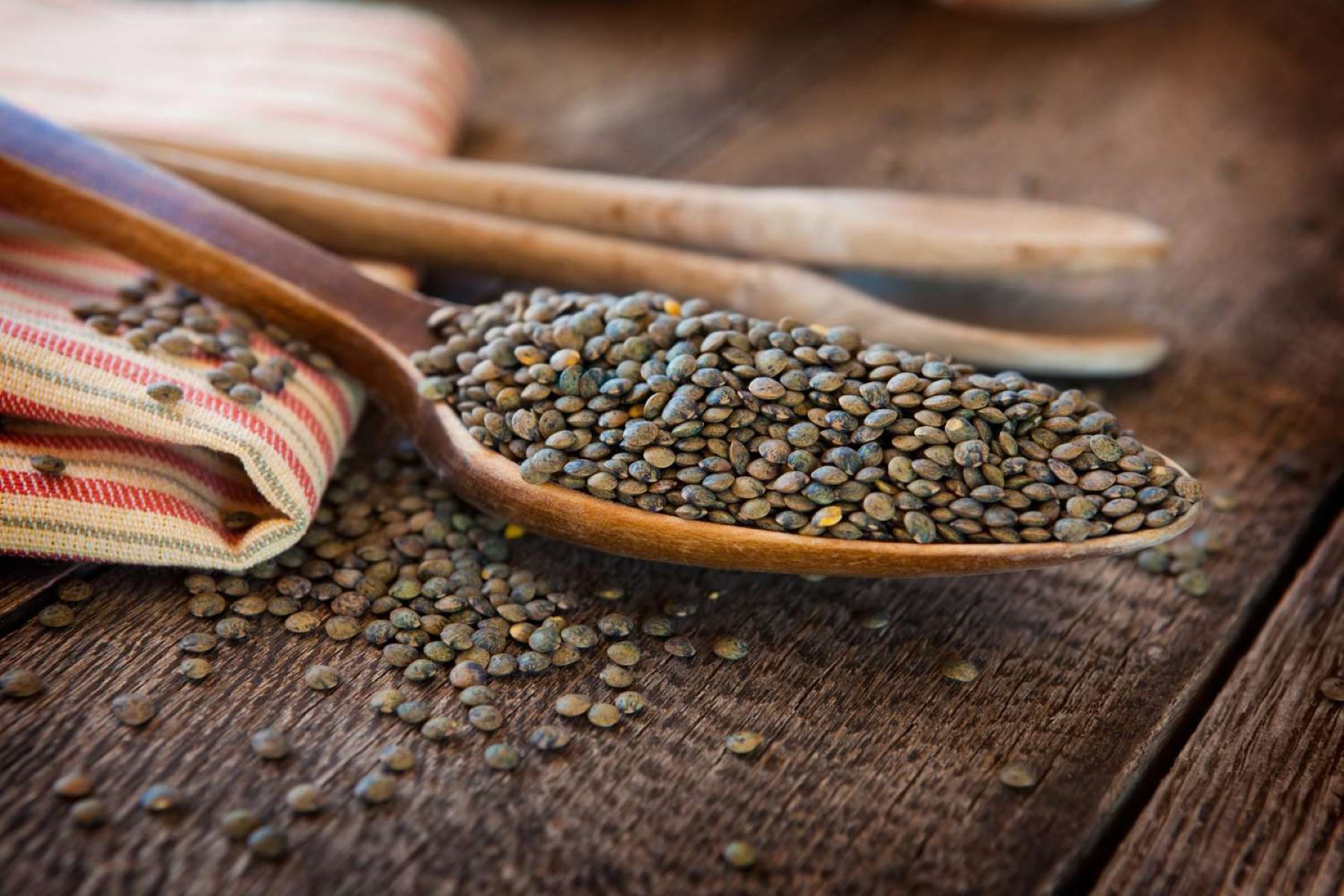
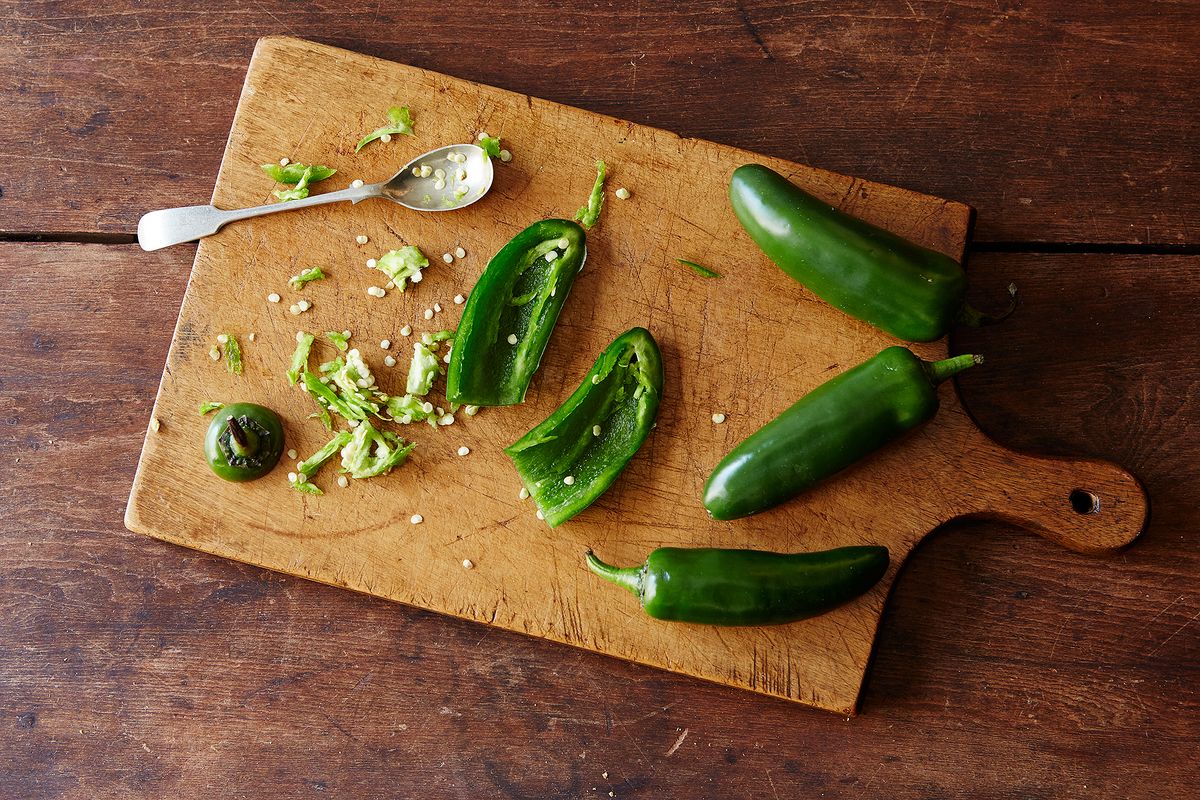
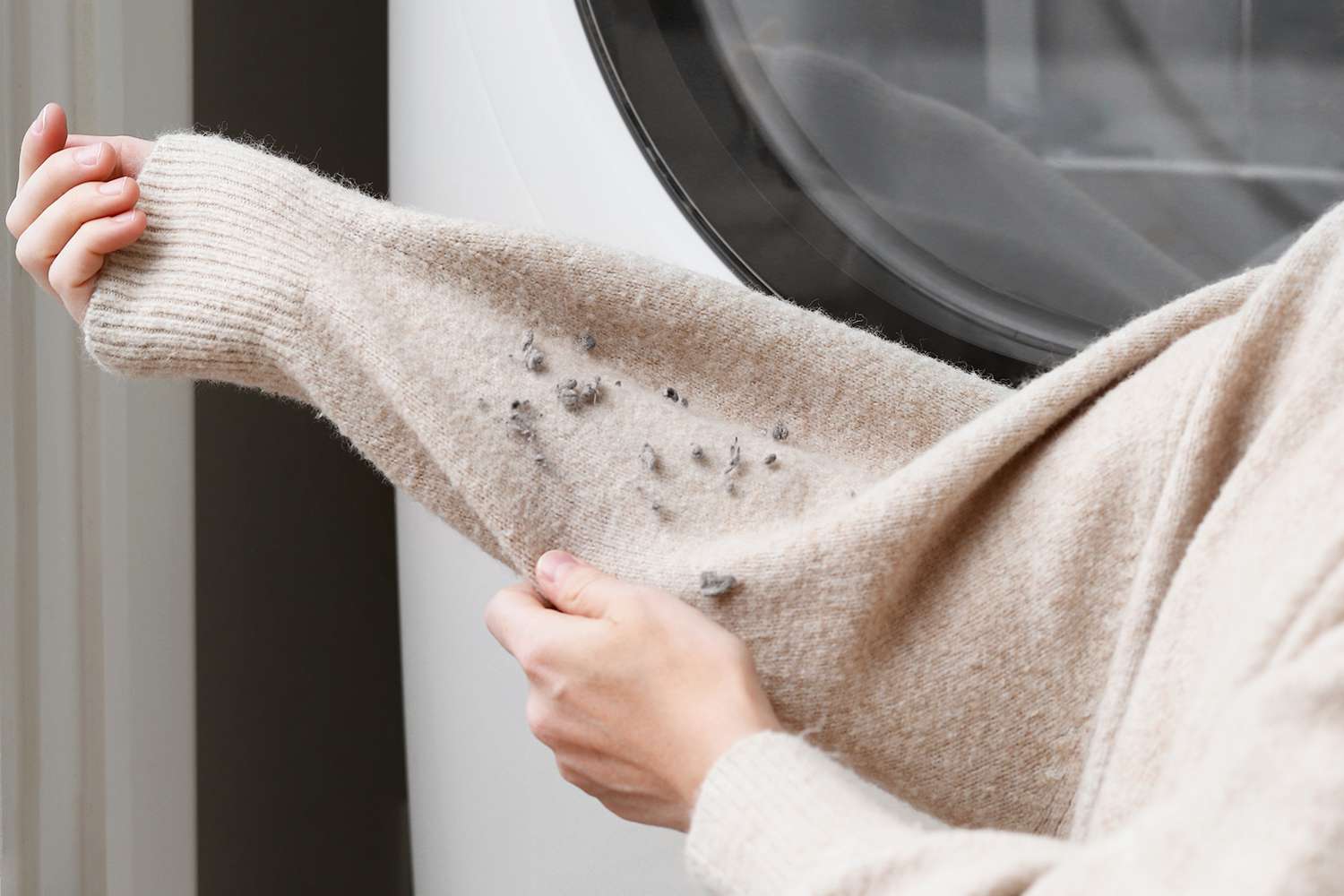
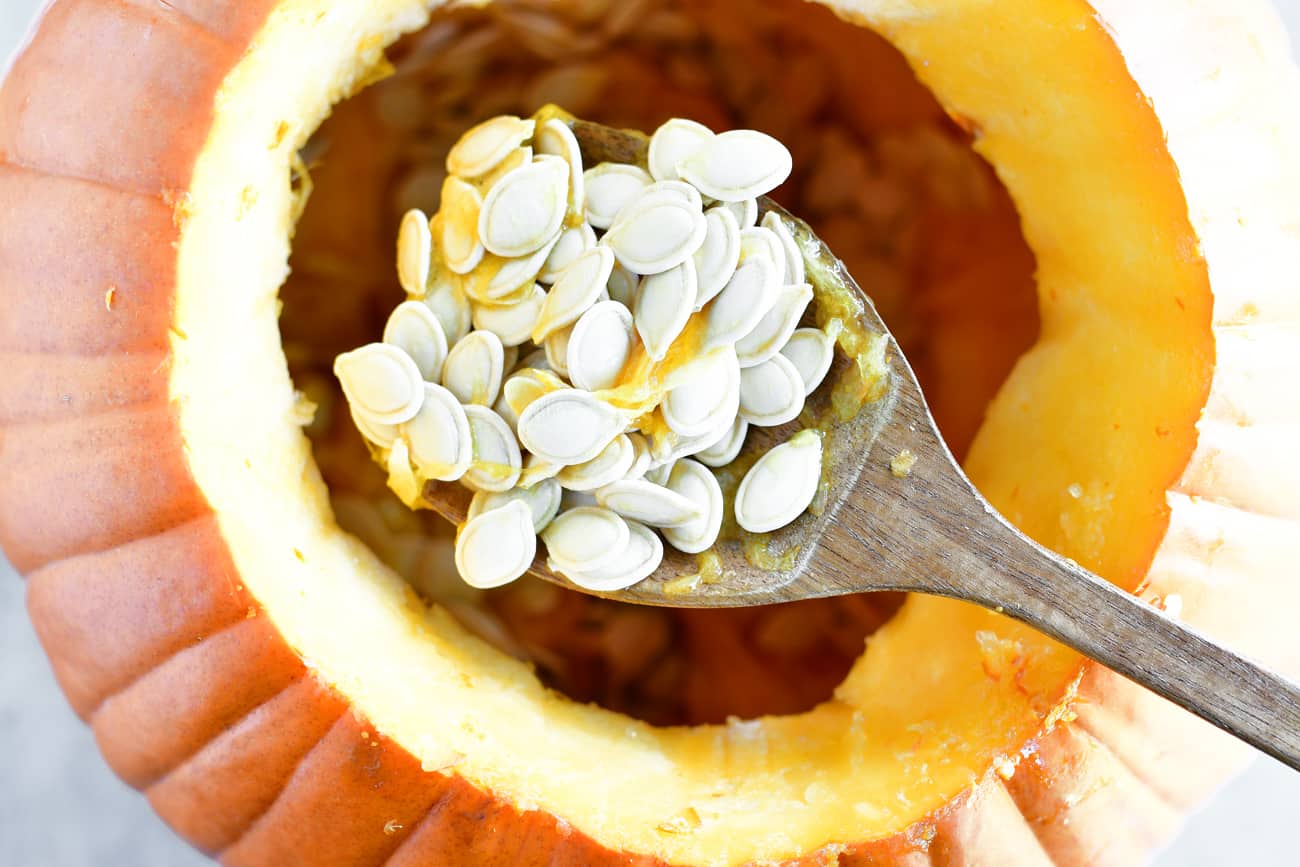
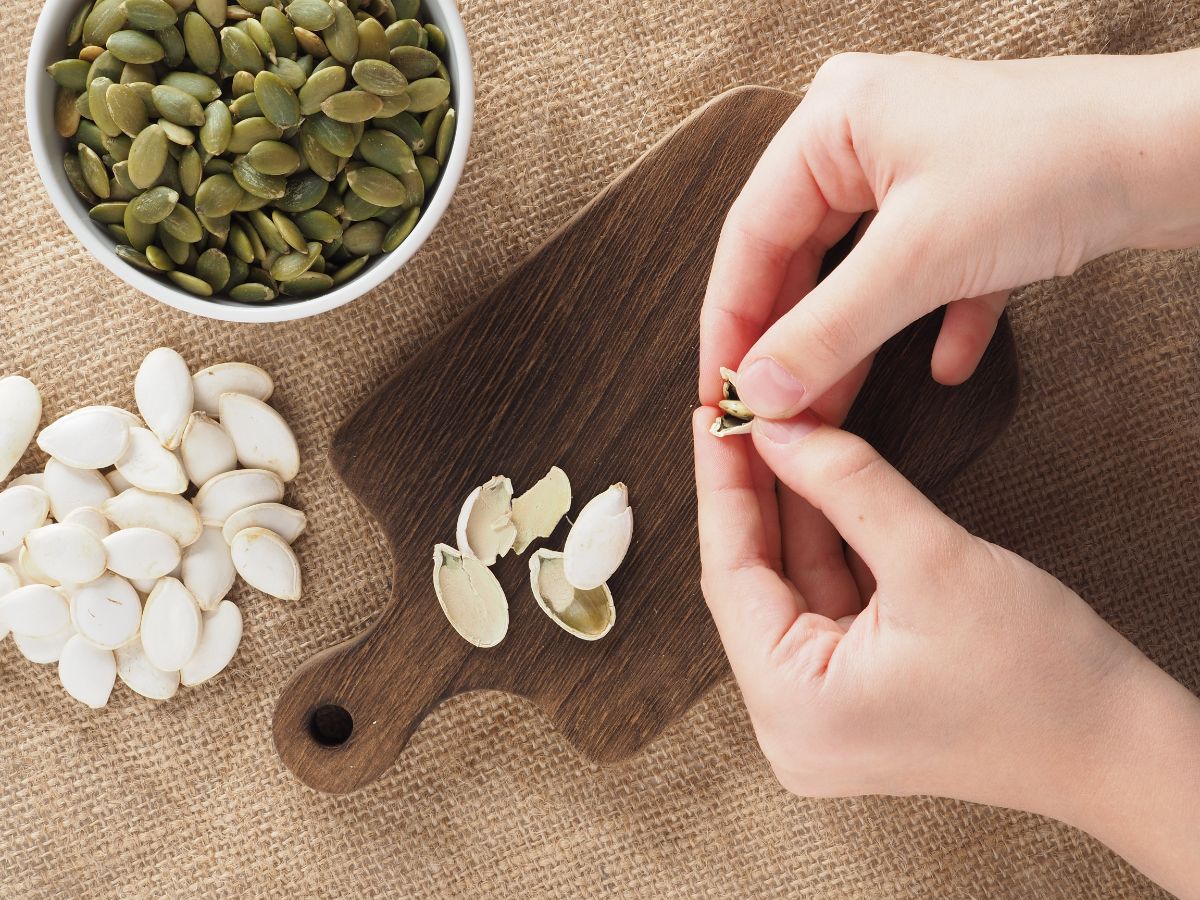
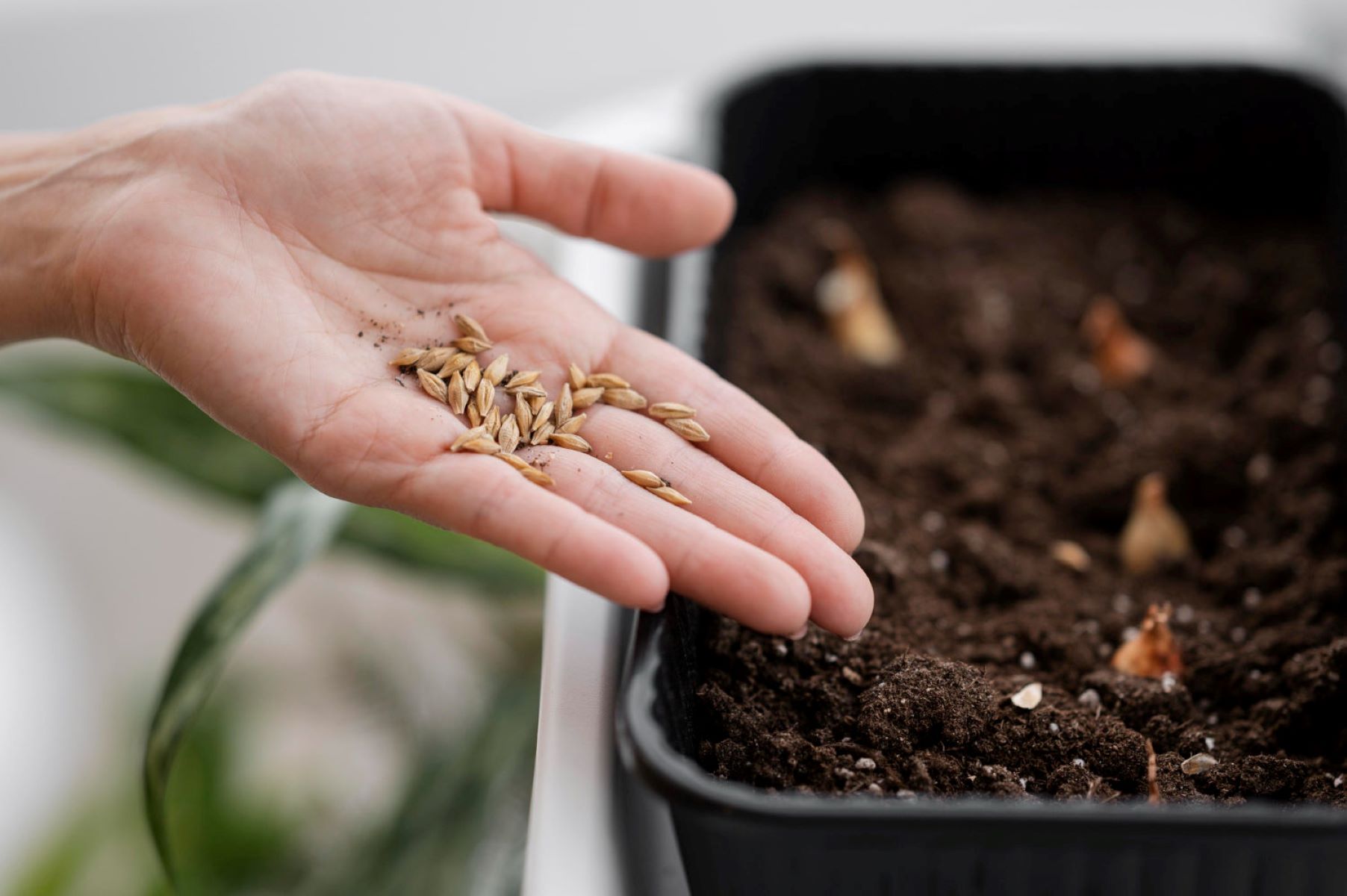

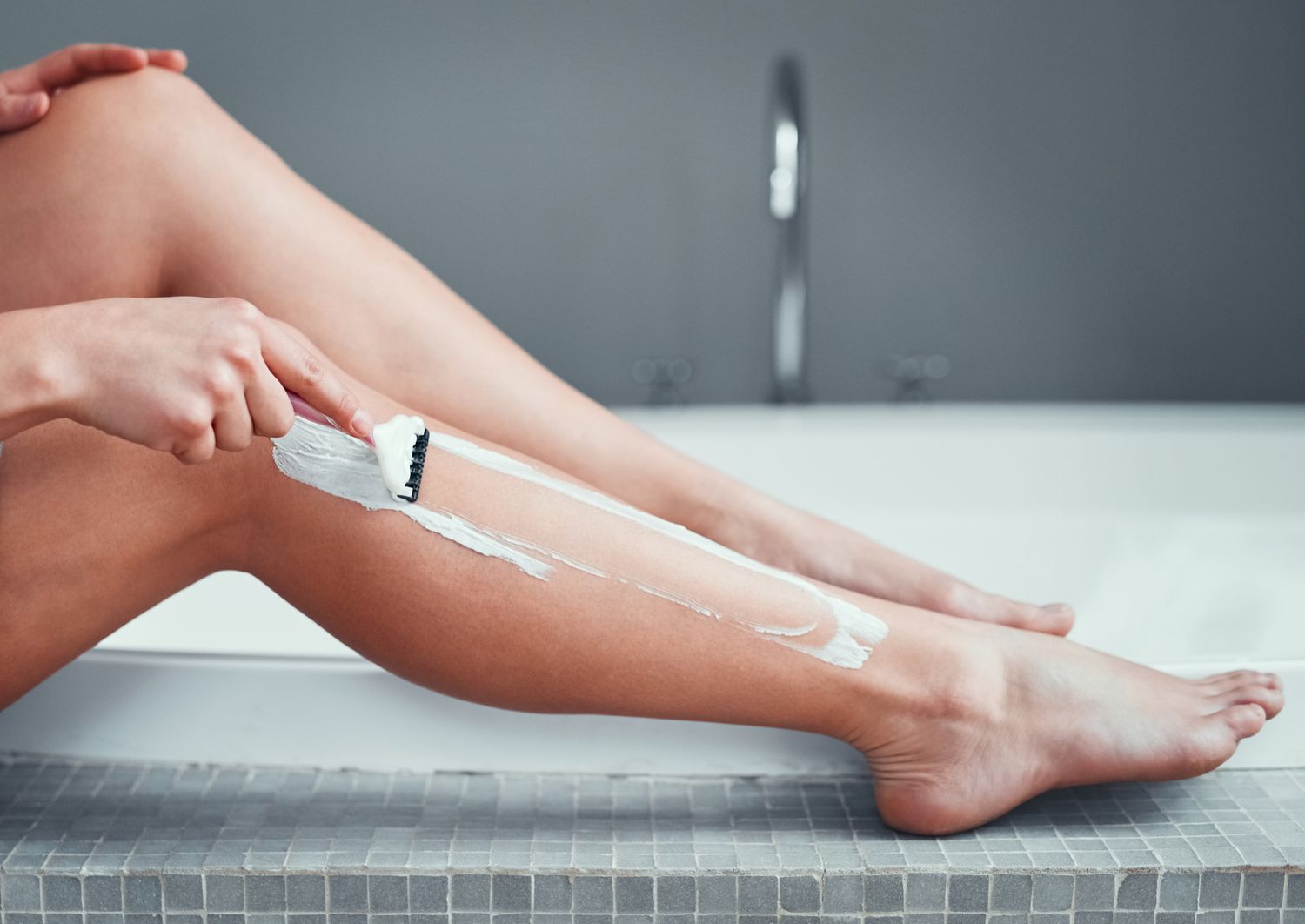
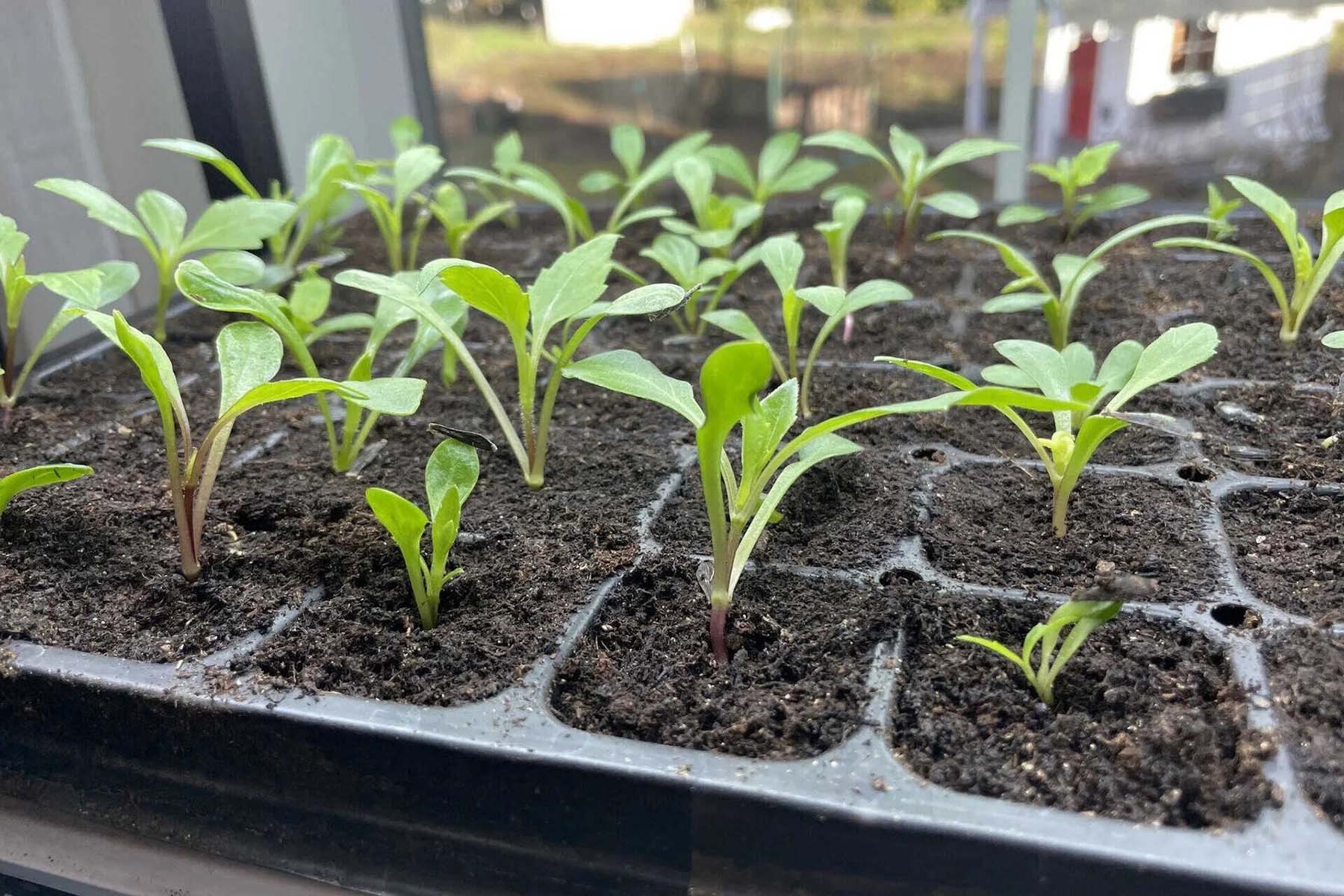
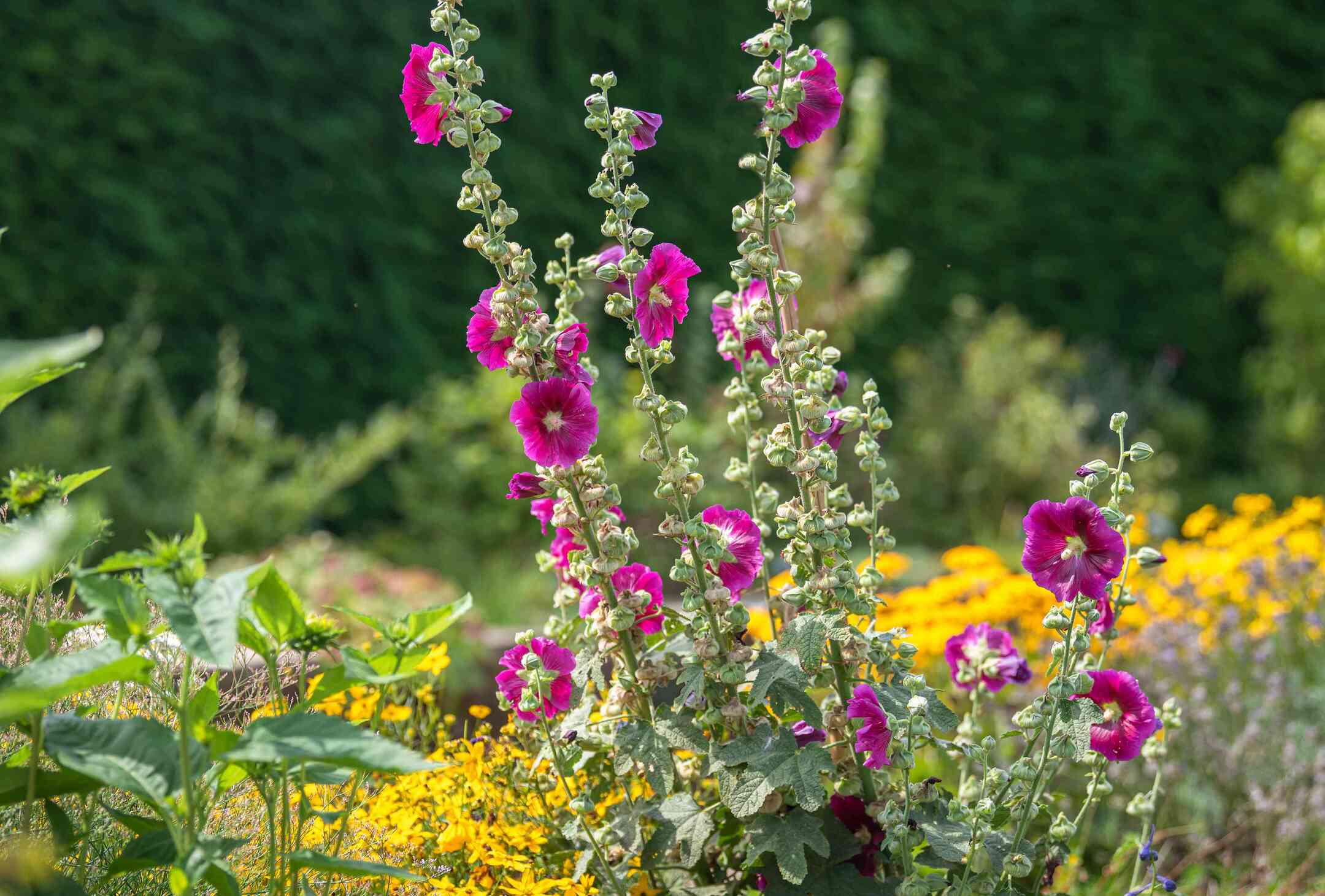

0 thoughts on “How To Remove Hitchhiker Seeds From Clothes”